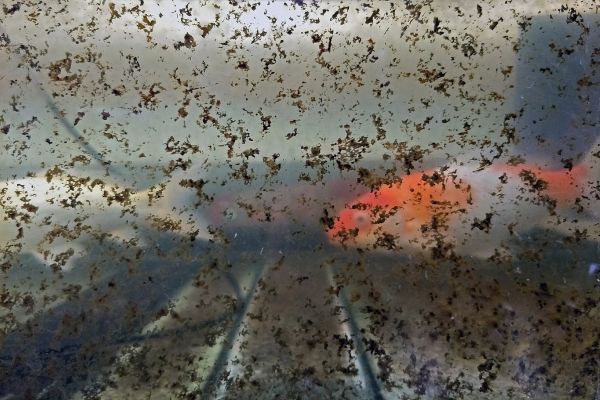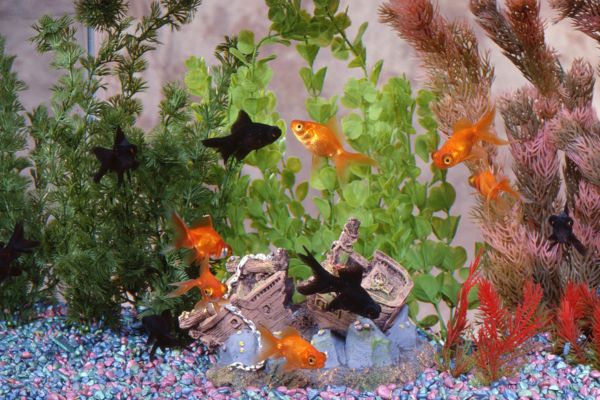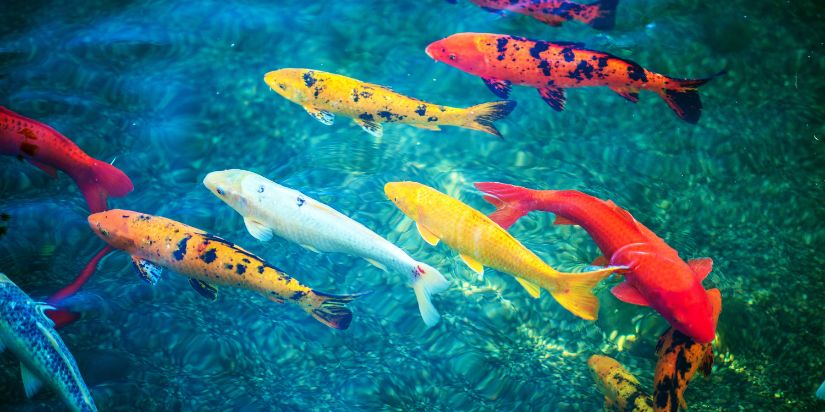If you’re looking for an aquarium servicing routine, chances are you have a tank you want to maintain better. The waters of the Earth contain an astounding biodiversity, with scientists considering oceans to be some of the most diverse ecosystems in the world, rivaled only by rainforests. As a result, the variety of lifeforms to be seen in aquariums worldwide is staggering—plants, coral, cephalopods, snails, crustaceans, urchins, starfish… and, of course, fish.
If you have an aquarium, it is more likely than not you have fish in it. But how do you know that your aquarium servicing routine is truly keeping your fish as healthy as they should be? What are all the parameters you should be monitoring, and what can you do to be proactive in keeping the fish in top shape?
Here’s a rundown of what you should be keeping track of to ensure that the fish in your aquarium don’t start looking green around the gills.
Aquarium Servicing Scheduling
A lot goes into maintaining the health of your aquarium’s fish. That’s why it may be best to create an aquarium servicing schedule that breaks these tasks down and organizes them.
The most logical way to do this is to organize your aquarium servicing tasks by the frequency they need to be performed. Divide your maintenance tasks into those that must be performed daily, weekly, monthly or only upon starting a new aquarium.
Nitrogen Cycling
When starting a new aquarium, the first thing you have to do is get a nitrogen cycle going. The nitrogen cycle is the process by which unhealthy elements in the water are broken down to help generate and nurture the growth of good bacteria your aquarium inhabitants need to survive.
The cycle consists of protein-rich fish food getting digested by fish and then expelled as waste rich in ammonia. The good nitrifying bacteria then converts this ammonia into nitrites and then nitrate, which builds up in your aquarium until regular water changes remove it.
To start this cycle, let your aquarium run for at least a day without fish. Then, seed the aquarium with bacteria using a cycling aid. Introduce a couple of your hardiest fish, such as danios or gouramis, adding no more than three per week. If you’re careful not to overcrowd or overfeed, ammonia levels should stay at safe, low levels. But you should frequently test the water and remove some if the harmful elements are too high.
Daily Temperature Checks
When setting up your aquarium, you should also install an aquarium heater to keep the water temperatures stable for the fish species you’ve chosen. The ideal temperature can vary significantly, but most fish thrive between 74- and 82-degrees Fahrenheit (23-28º C). If you’re not sure, do your research first.
Once you know the ideal temperature for your fish species, make a point to check each day that the water remains there. A stable water temperature is one of the most crucial aspects of aquarium servicing for healthier fish.
Weekly Water Testing
The other parameters of your water should be tested weekly. Some suppliers offer water testing services, but investing in water testing kits and doing it yourself is more convenient. You should test pH levels, chlorine, chloramine and nitrogen cycle substances as part of your weekly aquarium servicing routine.

pH Levels
Rising pH increases the toxicity of chemicals like ammonia, and rapid changes in pH can be deadly for your fish. This is why weekly pH monitoring is essential to any aquarium servicing routine.
You can buy products that advertise quick pH fixes almost anywhere fish tank supplies are sold. However, it’s best (and safest for your fish) to regulate the pH by controlling other water factors.
In particular, the water’s pH levels are interconnected with water hardness and alkalinity. Low alkalinity can result in sharp pH shifts that can devastate your inhabitants’ health. Hard or soft water will increase and decrease the pH, respectively. Keeping water hardness at a moderate level of 100-250 mg/L and alkalinity in the 120-300 mg/L range will help you keep stable pH levels.
The specific pH you aim for depends on the fish you keep, so you’ll want to research beforehand. However, most fish thrive at a pH level between 6.5 and 8.2.
Chlorine and Chloramine
Another parameter to test for is the concentration of chlorine and chloramine. These chemicals are added to municipal water supplies to make drinking water safe for humans, but they’re deadly to fish in any amount. Ensure all water added to the aquarium is put through a de-chlorinator and test for these substances regularly to ensure they’re not present.
Nitrogen Cycle Substances
You should also be testing for substances related to the nitrogen cycle. These include ammonia, nitrite and nitrate.
You’ll want to keep these substances at an absolute minimum. Proper filtration and regular water changes will take care of this—your weekly testing should include a water change, replacing 10% of the aquarium’s water with fresh de-chlorinated water.
Monthly Aquarium Servicing and Filtration
In addition to your weekly water change, you should perform a 25% water change and gravel vacuum monthly. This is a great time to scrub for algae and perform other aquarium servicing tasks, such as pruning live plants, cleaning plastic decorations and replacing the air stone in your pump.
Most importantly, you should perform monthly aquarium servicing on your filtration system. A complete filtration system should incorporate mechanical, biological and chemical filtration in tandem to remove ammonia and nitrites as well as clean the water of debris. You can use various systems, including undergravel filters, canister filters and power filters. You should choose the one that suits your aquarium best.
Maintain this system once a month by rinsing the pre-filter and replacing the carbon and filter cartridges. Read the owner’s manual and perform other maintenance specific to your filtration system type.

Additional Measures to Boost Fish Health
There are many other proactive measures you can take if you feel your fish need additional protection for their health. For example, controlling the water’s salinity to be closer to the internal salinity of the fish reduces their stress and helps them better adapt to the aquarium environment. You might also provide the fish with dietary supplements or immune system stimulants to keep them from getting sick during the initial transition.
The Best Tanks Make Aquarium Servicing Easier
Aquarium servicing can be made easier from the start when you choose a high-quality custom tank over the standard options you find in the store. In fact, you can even have the tank explicitly custom-designed to make your aquarium servicing routine simpler.
At Living Art Aquatics, we’ve created countless artistic seascapes to our client’s specifications. We know how to make your dreams happen, even if you’re unsure how to pull it off. If making cleaning your fish tank simple is your goal, we can create a beautiful work of art that will accomplish it!
Professional Aquarium Maintenance Can Help
Don’t really have time for all the necessary fish tank maintenance but still want a breathtaking, peaceful aquarium in your home or office? Living Art Aquatics offers comprehensive aquarium servicing that takes the most significant projects out of your routine – while still maintaining the health of your fish! Plus, you get access to aquarium experts who are excited to help your tank thrive!
Learn More About Fish Tanks and Aquarium Servicing
Want to discuss how to keep your fish healthy? Have any other questions about starting and maintaining a thriving aquarium? Give Cory at Living Art Aquatics in Cary. We have the expertise to help your aquarium flourish with healthy, vibrant fish. Plus, we can create a custom fish tank for you that makes aquarium servicing easier.
Editors Note: This blog was originally published in July of 2016 and was updated in December of 2023.







